Turkish Nuclear Plans on Mediterranean Coast Raise Great Concerns

Turkey plans to build a coastal nuclear power plant close to an earthquake-prone area, triggering neighboring countries’ fears that Japan’s nuclear disaster shows that the new plant could be a risk to the whole Mediterranean region.
Engineers pin hopes on polymer to stop leak, after concrete seal failed
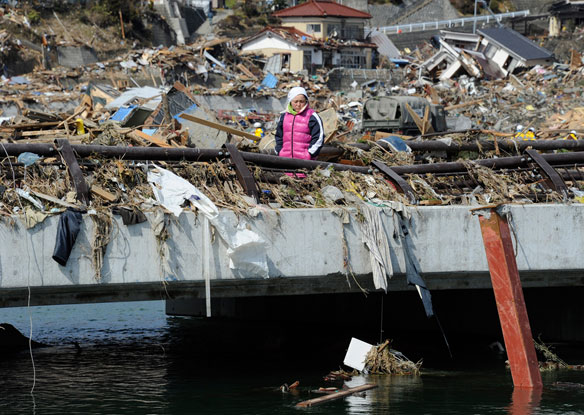
Engineers pinned their hopes on chemicals, sawdust and shredded newspaper to stop highly radioactive water pouring into the ocean from Japan’s tsunami-ravaged nuclear plant. Experts estimate that seven tons an hour of radioactive water is escaping the pit.
Newly Discovered Crack Leaks Radioactive Water Into Sea Off Japan

On Saturday, workers discovered an 8-inch (20-centimeter) long crack in a maintenance pit that was leaking highly radioactive water into the Pacific Ocean, said Japan Nuclear and Industrial Safety Agency spokesman Hidehiko Nishiyama.
Flotsam From Japan’s Tsunami to be Carried by Currents and Pushed Onshore
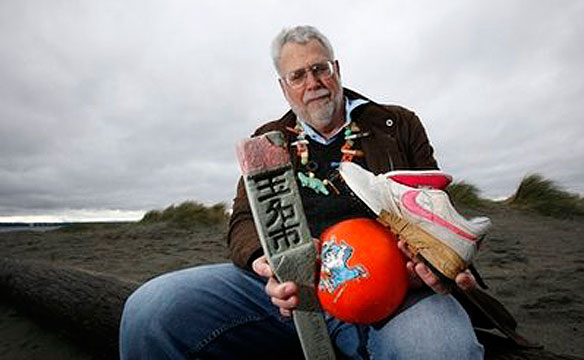
The biggest haul of floating debris will likely be carried by currents off of Japan toward Washington, Oregon and California, then turning toward Hawaii and back again toward Asia, unless wind and ocean currents eventually push some of the massive debris from Japan’s tsunami onto the shores of the U.S. West Coast, said Curt Ebbesmeyer, a Seattle oceanographer who has spent decades tracking flotsam.
Radiation Leaks Into Groundwater Under Japan Nuclear Plant
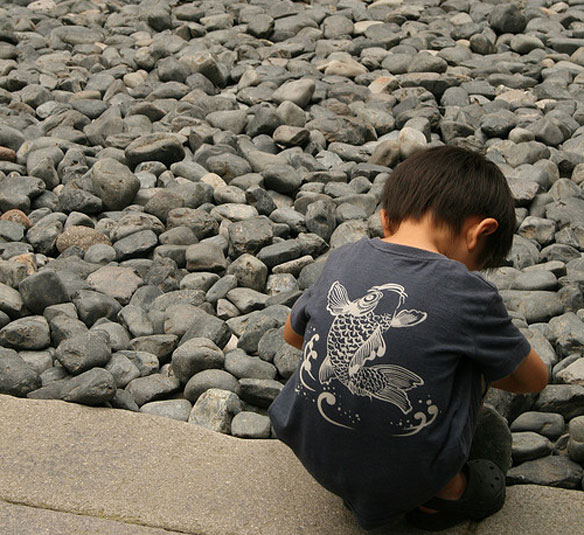
Radiation exceeding government safety limits has seeped into groundwater under a tsunami-crippled Japanese nuclear plant, according to the operator, but experts said Friday that it was unlikely to contaminate drinking supplies…
Earth’s Gravity Revealed in Unprecedented Detail
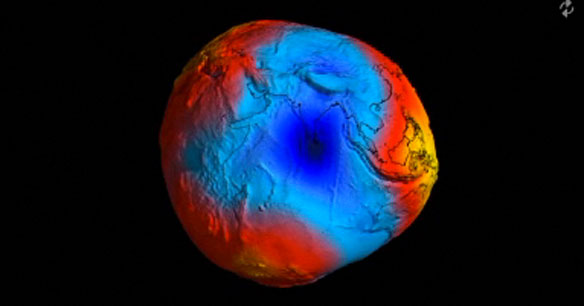
After just two years in orbit, ESA’s GOCE satellite, a European spacecraft that skims the upper reaches of the atmosphere, has gathered enough data to map Earth’s gravity with unrivalled precision, from deep ocean trenches to majestic mountain ranges. The data will be crucial for understanding sea level changes, shifts in ice flows and how ocean currents, which are driven by gravity, respond as the planet warms over the next few decades.
Plutonium found in soil at Japan nuclear plant

Plutonium was detected Monday in soil at five places at the Fukushima Dai-ichi tsunami-stricken nuclear plant in Japan, but the levels are, allegedly, not believed to pose a threat to human health…
Blindsided by Ferocity Unleashed by a Fault
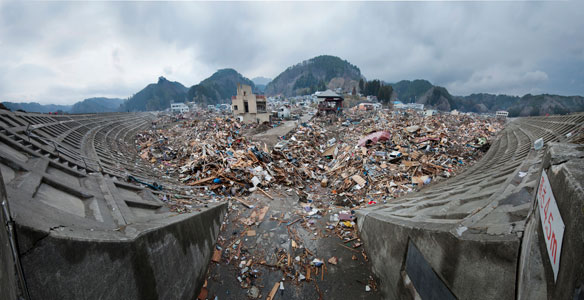
Records kept for the past 300 years indicated that every few decades, part of the Japan trench, an offshore fault to the east of Fukushima, would break, generating an earthquake around magnitude 7.5, perhaps up to magnitude 8.0. While earthquakes that large would be devastating in many parts of the world, the Japanese have diligently prepared for them with stringent building codes and sea walls that are meant to hold back quake-generated tsunamis.
Sendai Coast, NASA Earth Observatory

One week after the magnitude-9.0 earthquake and resulting tsunami, the fields nearest the ocean were still covered with standing water. An Advanced Land Imager (ALI) on NASA’s Earth Observing-1 (EO-1) satellite captured a natural-color image of the area.
